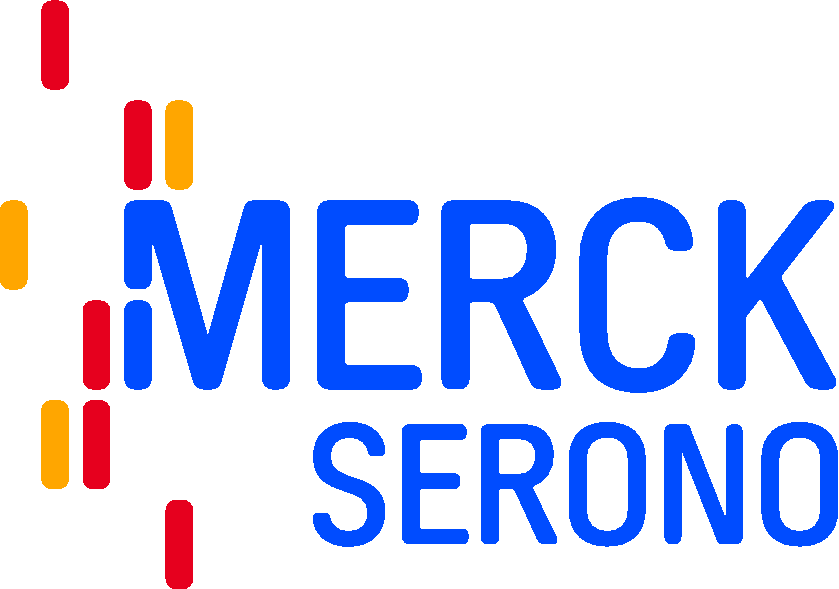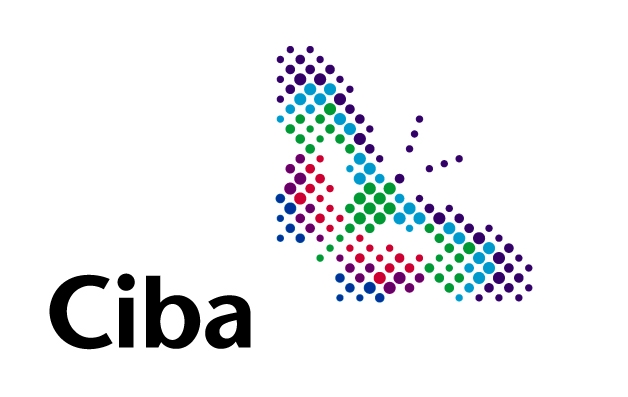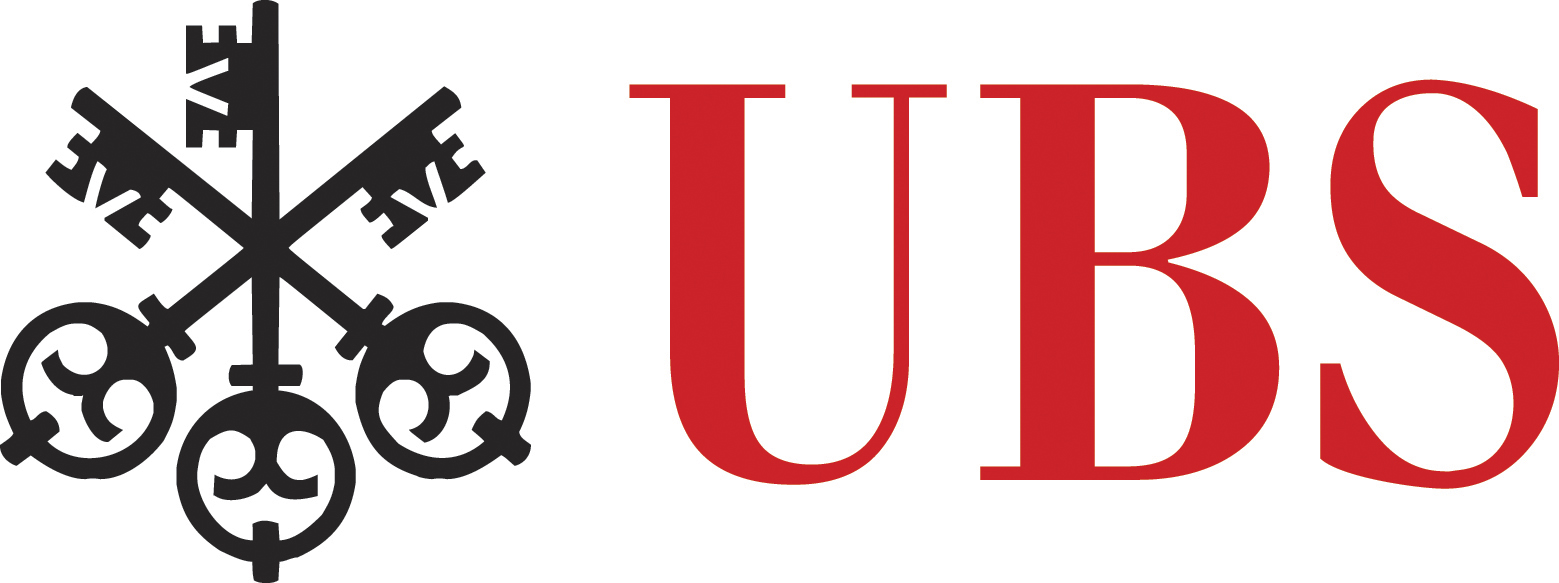Team:EPF-Lausanne
From 2009.igem.org
(→Project Abstract) |
(→Project Abstract) |
||
| Line 19: | Line 19: | ||
==Project Abstract== | ==Project Abstract== | ||
| - | Recent discoveries of photoreceptors in many organisms | + | Recent discoveries of photoreceptors in many organisms have given us insights into the interest of using light-responsive genetic tools in synthetic biology. The final goal of our project is to induce a change in gene expression, more specifically to turn a gene on or off, in a living organism, in response to a light stimulus. |
| - | The final goal of our project is to induce a change in gene expression, more specifically to turn a gene on or off, in a living organism, in response to a light stimulus. | + | We will use light-sensitive DNA binding proteins (or light-sensitive proteins that activate DNA binding proteins) to convert a light input into a chosen output, for example fluorescence, through a reporter gene such as RFP. |
| - | + | Demonstrating that the light-induced gene switch tool works in vivo would show that easier and faster tools can potentially be made available in several fields of biology, as such tools can induce more localized, more precise (time resolution and reversibility) and drastically faster genetic changes than currently used ones, thus allowing research to evolve even better. | |
| - | We will use light sensitive DNA binding proteins | + | |
| - | + | ||
| - | + | ||
| - | + | ||
| - | + | ||
LOV means light, oxygen, and voltage, whereas TAP means tryptophan-activated protein. | LOV means light, oxygen, and voltage, whereas TAP means tryptophan-activated protein. | ||
Revision as of 09:54, 21 September 2009
Contents |

Project Abstract
Recent discoveries of photoreceptors in many organisms have given us insights into the interest of using light-responsive genetic tools in synthetic biology. The final goal of our project is to induce a change in gene expression, more specifically to turn a gene on or off, in a living organism, in response to a light stimulus. We will use light-sensitive DNA binding proteins (or light-sensitive proteins that activate DNA binding proteins) to convert a light input into a chosen output, for example fluorescence, through a reporter gene such as RFP. Demonstrating that the light-induced gene switch tool works in vivo would show that easier and faster tools can potentially be made available in several fields of biology, as such tools can induce more localized, more precise (time resolution and reversibility) and drastically faster genetic changes than currently used ones, thus allowing research to evolve even better. LOV means light, oxygen, and voltage, whereas TAP means tryptophan-activated protein.

| | | 
| 
| |
|---|
 "
"

